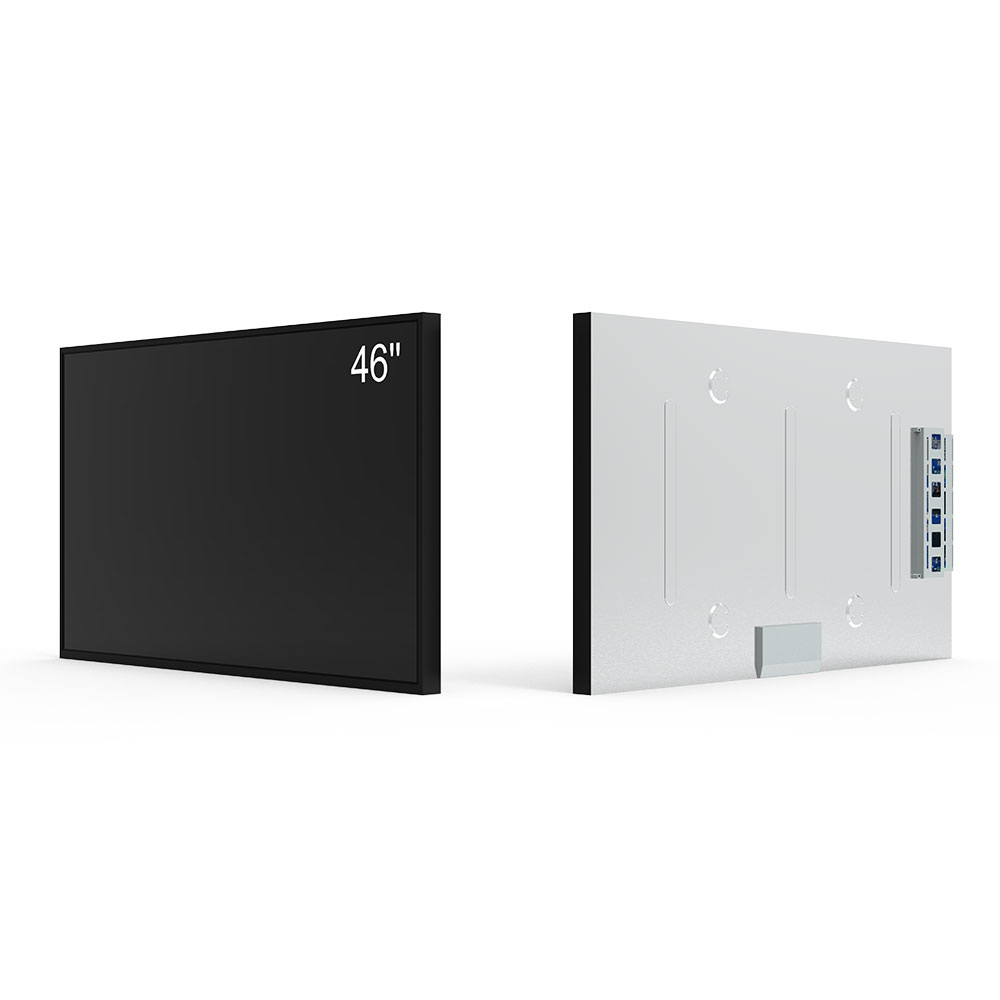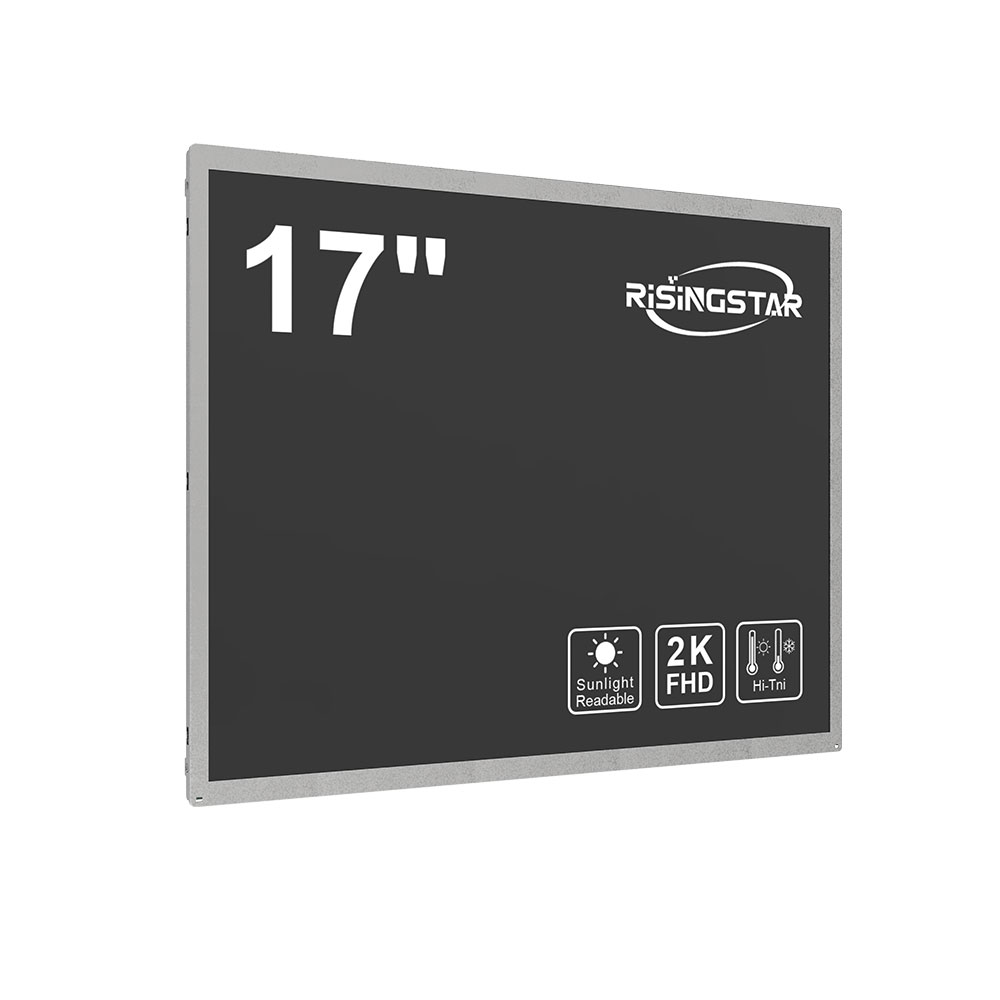
Privacy statement: Your privacy is very important to Us. Our company promises not to disclose your personal information to any external company without your explicit permission.
When selecting an outdoor LCD screen for commercial applications, several technical and environmental factors must be carefully evaluated to ensure long-term performance, durability, and return on investment. First, consider brightness—outdoor screens typically require a minimum of 5,000 nits to remain visible under direct sunlight, with premium models reaching up to 10,000 nits. This is crucial because ambient light levels can exceed 100,000 lux in sunny conditions, making standard indoor displays unusable. Industry standards such as IEC 62305 for lightning protection and IP65/IP66 ratings for dust and water resistance are essential for ensuring reliability in harsh weather environments.
Second, evaluate the screen’s construction materials and thermal management system. Aluminum frames and tempered glass provide both structural integrity and heat dissipation, while active cooling (e.g., fans or heat pipes) prevents overheating during prolonged operation. For example, in desert climates like Dubai or Phoenix, where daytime temperatures often exceed 40°C, effective thermal design is critical to avoid premature component failure.

Third, connectivity and content management matter. Modern outdoor LCDs support Ethernet, Wi-Fi, and 4G/5G modules for remote updates and real-time monitoring. Integration with platforms like BrightSign or Screenly allows businesses to manage multiple screens from a single dashboard, reducing maintenance overhead.
Fourth, consider the installation environment. Mounting options vary—from wall brackets to pole mounts—and should align with site-specific constraints like wind load, accessibility, and viewing angles. For instance, traffic signage requires 180° horizontal viewing angles, whereas retail storefront displays may prioritize aesthetic integration with building facades.

Finally, look at warranty and support. Reputable manufacturers offer 2–5 year warranties and local service networks, which are vital for minimizing downtime. According to a 2023 study by the International Sign Association, 78% of outdoor digital signage failures stem from poor environmental adaptation rather than hardware defects, underscoring the need for rigorous upfront planning.
In summary, choosing the right outdoor LCD screen demands a holistic approach combining brightness, build quality, connectivity, environmental fit, and post-sale support—not just price. Businesses that invest in certified, robust solutions see 30–50% lower lifetime costs compared to cheaper alternatives, making it a strategic decision beyond mere display technology.

Email to this supplier

Privacy statement: Your privacy is very important to Us. Our company promises not to disclose your personal information to any external company without your explicit permission.